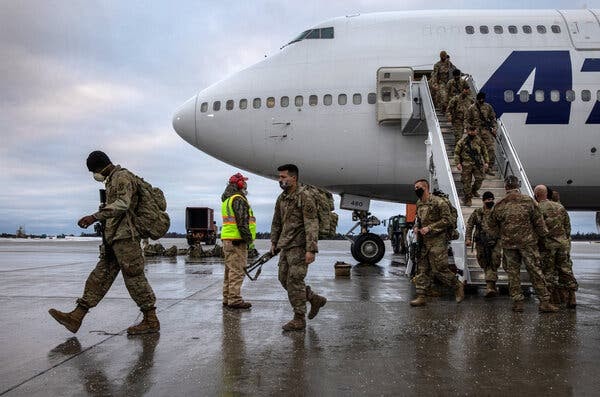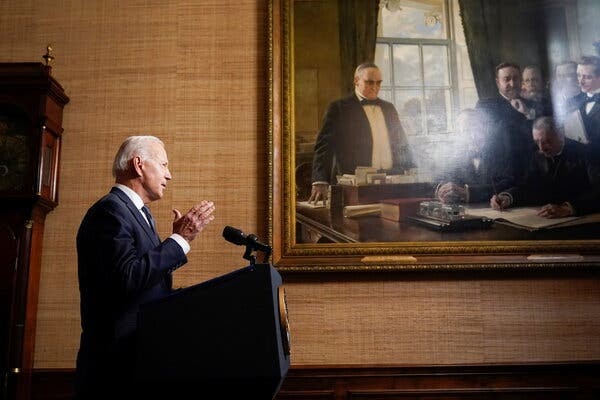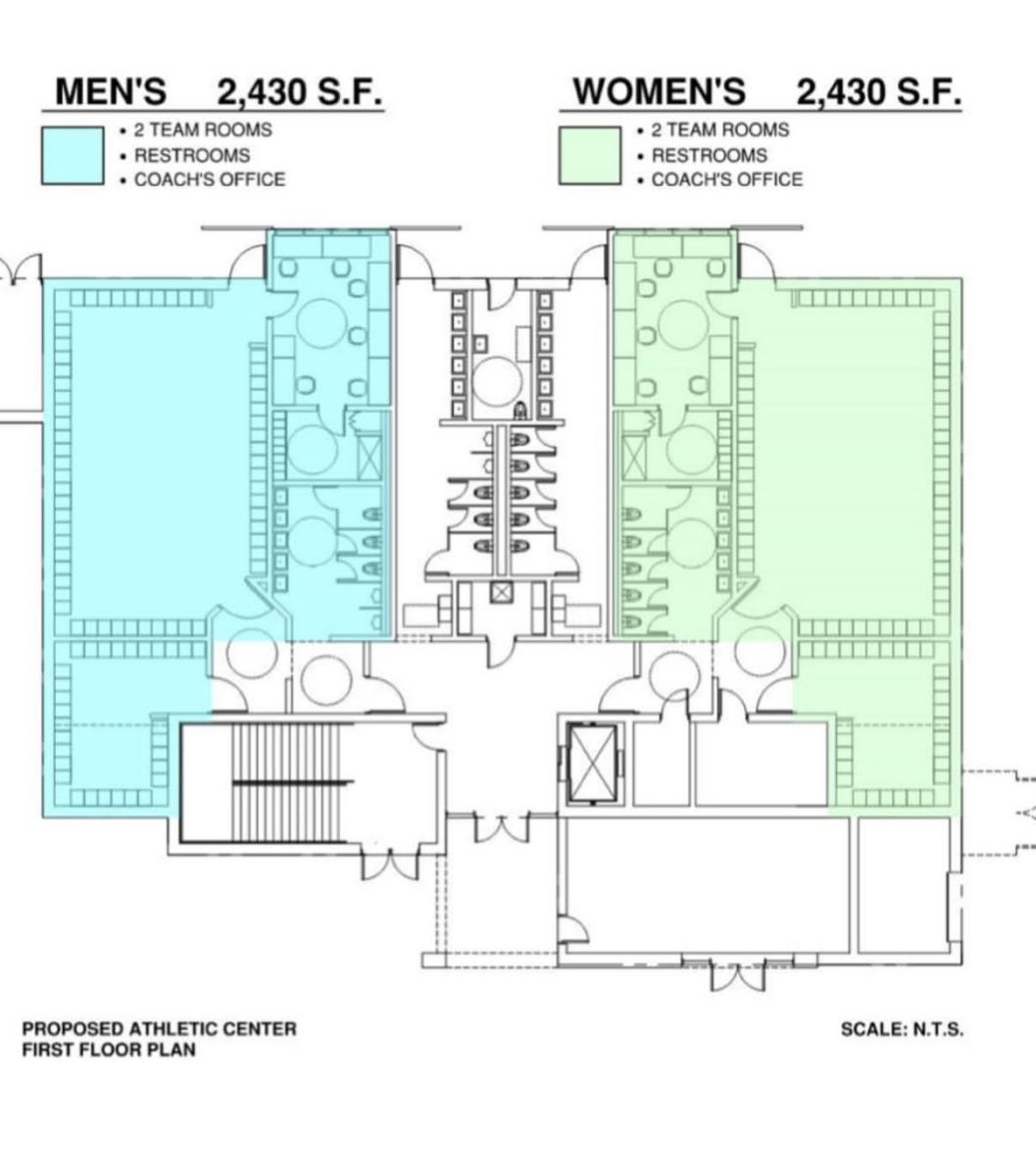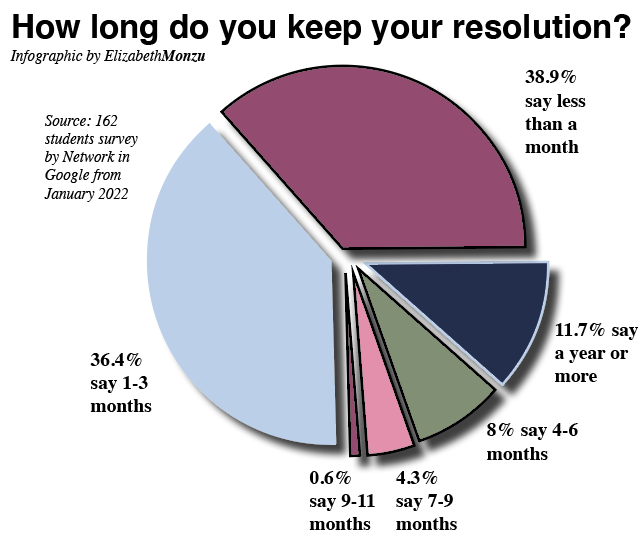
On April 14, President Biden released a statement outlining the withdrawal of troops from Afghanistan. The 2,500 troops remaining in Afghanistan would be brought home starting on May 1, with the process complete by September 11. The conflict has been raging for nearly 20 years. Biden lamented that the “War in Afghanistan was never meant to be a multi-generational undertaking” (White House). Biden also objected to the conflict while he was Vice President, but his reservations were often overlooked. Withdrawal could mean a new, positive diplomatic relationship with Afghanistan. President Ashraf Ghani of Afghanistan said on Twitter that his country “respects the U.S. decision and we will work with our U.S. partners to ensure a smooth transition” (New York Times).
American intervention in Afghanistan was preceded by the Afghan War, an internal conflict that began between anticommunist Islamic guerrillas and the Afghan communist government in 1978. The communist forces were aided by troops of the Soviet Union from 1979-1989. The Soviet Union wanted to prop up their faltering Communist client state. The collective insurgents were known as the Mujahideen. The conflict caused over 4 million Afghans to flee the countryside and seek asylum in Pakistan and Iran. The United States and other anticommunist nations supported the Mujahideen and provided weapons and supplies with which they neutralized Soviet air power. In 1989, the disintegrating Soviet Union withdrew its forces and various rebel groups overthrew the communist government. The transitional government of the 1990s was also plagued with corruption, ultraconservative rebel groups and dictatorial leaders.
The war in Afghanistan began in response to the terrorist attacks on September 11, 2001, in which almost 3,000 people were killed and many more were injured. Al-Quaeda, a broad-based militant Islamist organization founded by Osama Bin Laden, perpetrated the attacks. The Taliban, the ultraconservative political and religious faction that ruled Afghanistan, provided sanctuary for al-Qaeda, and became the focus of the first and second phases of the conflict. The second phase also aimed to rebuild the core institutions of the Afghan state. Strategies for withdrawal of troops began in 2011, but insurgent attacks and civilian casualties remained high. Afghan police and military were not capable of holding off the Taliban’s attacks. The U.S. and NATO combat mission officially ended in 2014, but because of the continued instability, troops were never fully withdrawn.

For the most part, objectives for the conflict in Afghanistan have failed in the nearly two decades of American presence in the nation. Withdrawal of all troops will tentatively bring an end to a violent and vexing era of American foreign policy. These goals included weakening the Taliban, developing a democratic political structure in the nation, and fighting corruption and the drug trade. In his statement, Biden said “Afghans have the right and responsibility to lead their country, and that more and endless American military force could not create or sustain a durable Afghan government” (White House).


























